Mark Baldwin, artistic director of Rambert Dance, must take responsibility for most of the good times I’ve had recently, midwife to a litter of excellent things born out of curiosity and an unfussed love of culture, particularly music. A true artistic director (cf my complaint last time).
On to the creative table at Rambert HQ this year he has thrown ideas about brass bands, a Picasso painting, something challengingly old-school for the Rambert orchestra to play, a new commissioned score or two, a bold, even foolhardy, decision to declare the Rolling Stones passé and say goodbye to Christopher Bruce’s popular but now irredeemably dated Rooster.
Much intelligent trust lay behind Baldwin’s commissions to Kim Brandstrup and Didy Veldman, unveiled over the past month. To one he offered a master score — Schoenberg’s 1899 Verklärte Nacht — to the other a master painting — Picasso’s 1925 ‘The Three Dancers’. While obviously there’d be homework for the audience, the projects were helpfully linked. Both score and picture have tragic love triangles implicated in their subject, so comparison was inevitable when they were premièred in Salford and at Sadler’s Wells this month.
Brandstrup romps away with full honours. His Transfigured Night is a haunting, emotionally piercing masterpiece, one of the finest that this outstanding choreographer has ever made, the reward of maturity. He reworks Schoenberg’s original inspiration, Richard Dehmel’s poem about a woman who tells her lover she is pregnant by another man, into a three-part imagining of the outcome. First, the confrontation and her rejection by the horrified man; then, the dream of might-have-been; finally, the future, in which we’re invited to speculate that the man’s need of the woman may manage to overcome his sense of betrayal, for the moment.
What works well on the page doesn’t always translate, but Brandstrup has a masterly eye for space, a painter’s eye, or a film director’s. He has a single pillar to the left, decisively lit by Fabiana Piccioli to create a psychic boundary between the conscious and unconscious, and he deploys with a brilliant psychic sense a large shadowy ensemble of dancers behind the protagonists, who enact or express their thoughts in seething flights of movement.
This enables tall blonde Simone Damberg Würtz and dark, compact Miguel Altunaga to embody the physical frigidity that expresses their situation outwardly, glancingly evoking Egon Schiele — while their doubts and hopes are darting dangerously over the floor and in the air via the extraordinary ensemble. And in the wistful middle section, a second couple blithely dances as if all can be forgiven, with Dane Hurst turning wonderfully light handstands and tumbles. Heartstopping.
The small Rambert orchestra plays its hearts out under Paul Hoskins for this superb dancework. All their musicianly zeal, though, can’t rescue the cerebral tedium of Veldman’s The 3 Dancers, saddled with a grunting score by Elena Kats-Chernin. Veldman doggedly recomposes Picasso’s oddly angled limbs with two threesomes, in white and black, under stylish shards of perspex, but the steady heavyfootedness in the interlockings, the deadening music, the dryness of it, all seem to me utterly at odds with the artwork.
One’s taste is one of the rogue variables, of course. Both Kats-Chernin and Gabriel Prokofiev, composer of Shobana Jeyasingh’s intricate, intriguing recent Rambert creation Terra Incognita, favour chugging gruffness over lyricism, which I hate to see in a dance context. Whereas Gavin Higgins’s brass band commission for Mark Baldwin’s Dark Arteries — which I had another look at up in Salford — is an ambitious, deliciously theatrical musical experience that infuses Baldwin’s sober, fatalistic dance with humour, and deserves concert-hall life.
I’d forgotten, as I revelled in Javier de Frutos’s Elsa Canasta, the hit of Scottish Ballet’s autumn mixed bill in Edinburgh, that it was first brought to life by Baldwin’s discerning directorial instincts in 2003. De Frutos spotted in a Cole Porter biography that Porter had once composed a ballet score that Diaghilev rejected, and he went to Rambert to find the music and make a ballet. His new version for Scottish Ballet of this super-sexy, cabaret-style lark for young lovers on a swirl of stairs has taken on a subtler sophistication. (Once again, a tribute to artistic intuition, this time Scottish’s director Christopher Hampson’s.)
Certain contrasts have been fruitfully refined. The singer’s no longer one of the gang; tubby, bald, middle-aged, sour-voiced Nick Holder is a lost oddball among the streams of vibrant young girls and boys who dash up and down Jean-Marc Puissant’s clean 1920s staircase, snogging and gossiping, disappearing to the bar, or maybe into golden immortality. They pour up and down in amusingly risqué combinations and recombinations, gleefully diving off the stairs into passing hands in daredevil aerobatics.
De Frutos seasons the mayfly dance delectably with echoes of Balanchine’s Apollo and Scottish’s dancers respond wittily to the ballet references. But the erotic fun is now shadowed with anxiety, and Holder’s hoarse singing of ‘So In Love’ made my eyes prick. Emotion slices sideways into the heart with a laugh, and aching musical precision. I wonder what De Frutos would have done with Picasso’s ‘Three Dancers’.
Got something to add? Join the discussion and comment below.
Get 10 issues for just $10
Subscribe to The Spectator Australia today for the next 10 magazine issues, plus full online access, for just $10.
You might disagree with half of it, but you’ll enjoy reading all of it. Try your first month for free, then just $2 a week for the remainder of your first year.

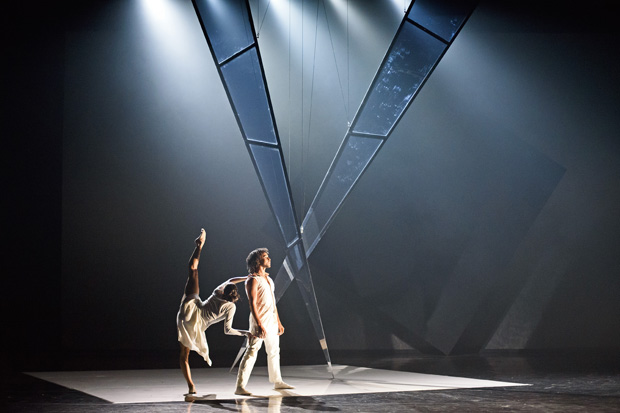
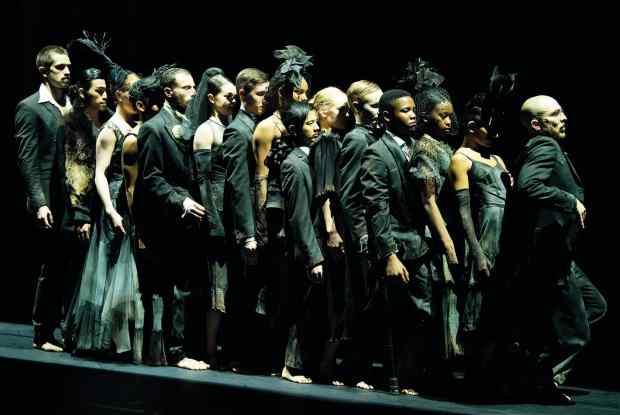
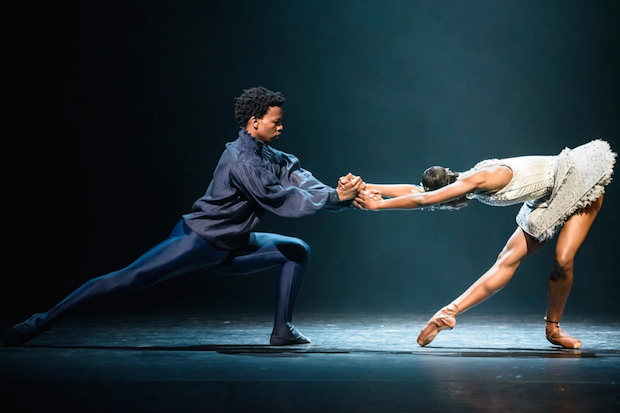
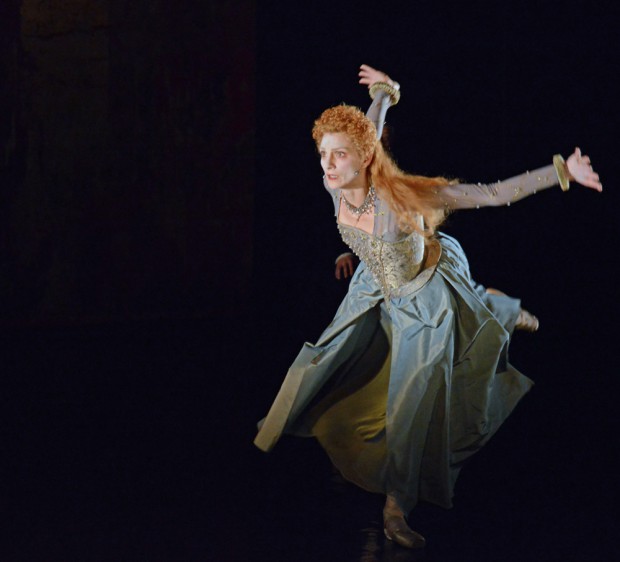
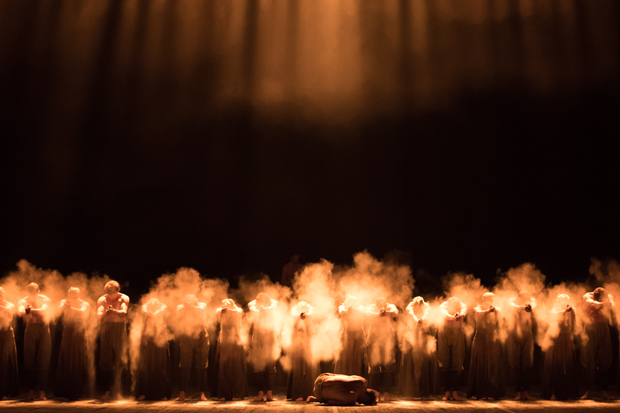
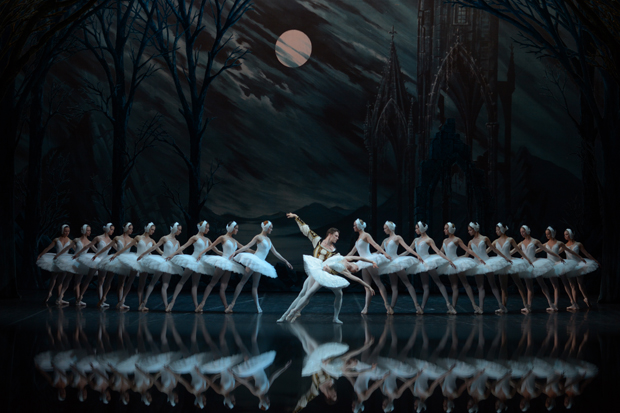
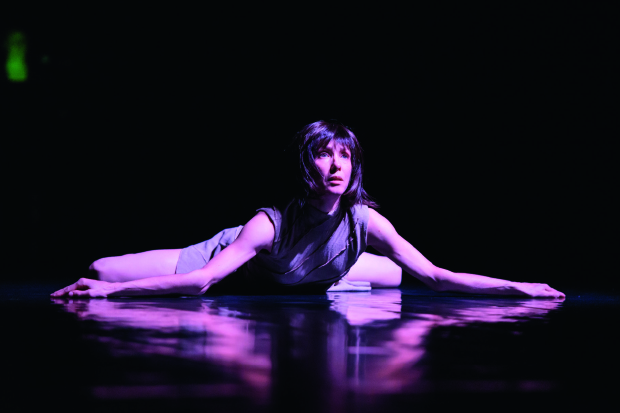






Comments
Don't miss out
Join the conversation with other Spectator Australia readers. Subscribe to leave a comment.
SUBSCRIBEAlready a subscriber? Log in